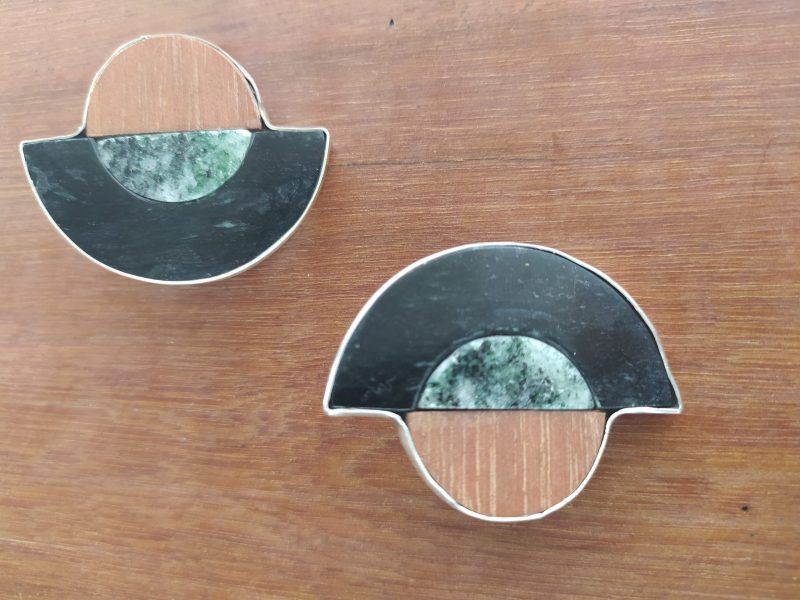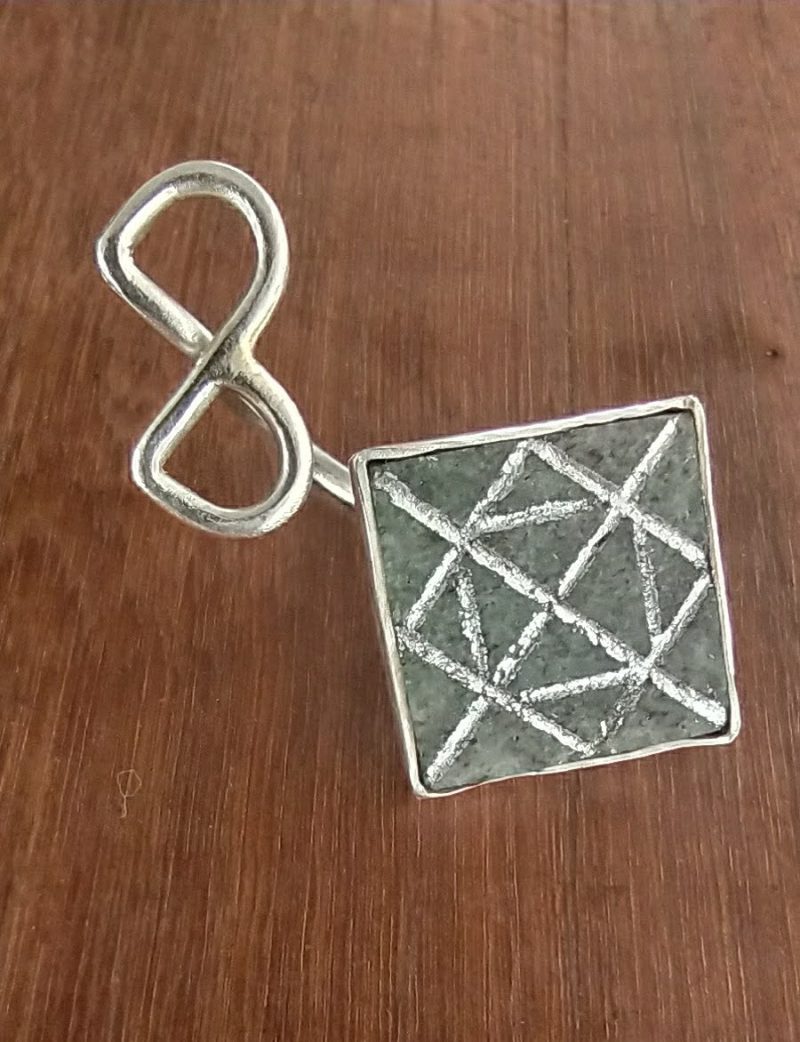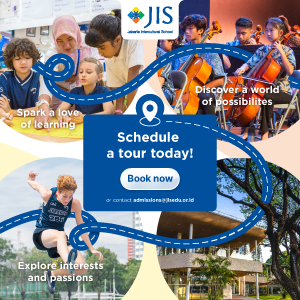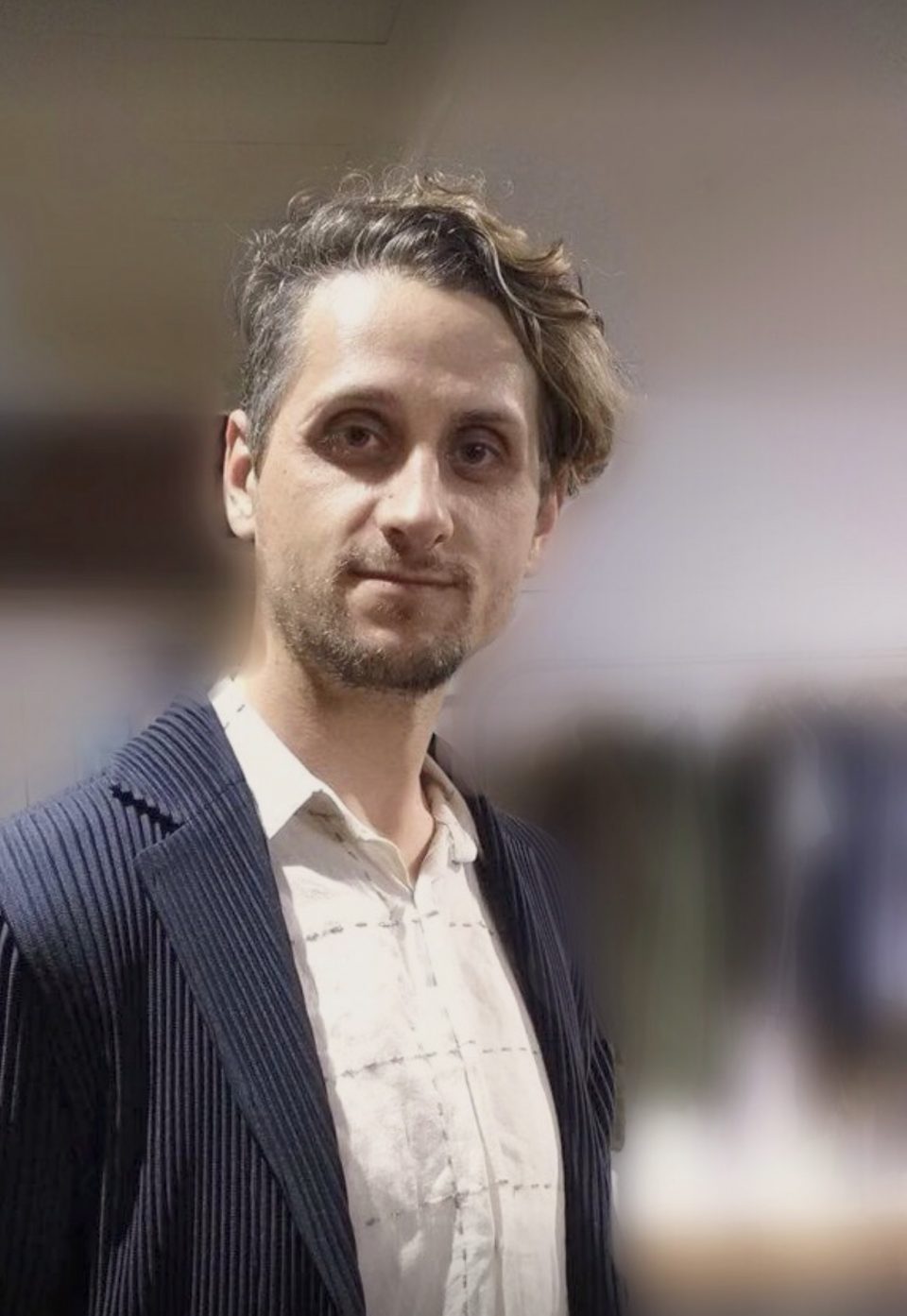Indonesian culture is, without a doubt, mesmerising. Tourists will find themselves immersed in centuries-old or contemporary artefacts, sculptures, paintings, and other creations wherever they go.
As a visual artist who’s also a jewellery maker, sculptor, and art educator currently based in Medan, North Sumatra, Cata Ivancov hasn’t been in Indonesia for too long, but his journey here is to fully expand his artistic side and educate himself further. Indonesia Expat is delighted to share this visual artist’s views of Indonesia’s astounding artistic background and some creative activities that families can do regardless of their resources and skills.
Cata, can you please tell us about yourself.
I’m Romanian and I’ve been in Indonesia for a year. I’m a sculptor and I majored in Museum Studies. I’m working as an art teacher while extending my artistic practice in Indonesia and I’m also involved in Indonesian heritage research.
What made you come to and stay in Indonesia?
I was impressed with Indonesian cultures and traditions. This fascination is renewed every time I discover new things. After years of working and studying in Europe, I felt the need to move on. During my Master’s in London, I had the idea to write my diploma in Indonesian museums and interpretation, and that’s how my journey started. Along the way, I met my Indonesian girlfriend in 2017 in Bali and we’ve been together since while moving around to Bali, China, and now Sumatra.
Has anything surprised you since you first moved to Indonesia and what have you grown to love?
Surprises never stop because of the huge diversity in this archipelago. I’m amazed how a nation like Indonesia can exist with over 300 ethnic groups and even more languages, all distributed over 13,000 islands. It’s this diversity that I’ve grown to love because I’m always thirsty for novelty and Indonesia has it all.
You stayed in Bali before moving to Medan, Sumatra. Both islands have different ways of living so how do you find the juxtaposition and which island resonates more with you?
Many say that Bali is almost like a different country to Indonesia. Medan and Bali sort of summarising the Indonesian extremes. On one hand, you have the resort Island of Gods with hipster cafes, sacred beliefs, and spiritual enlightenment tourism – all in a chilled environment. That being said, there’s something about the Balinese culture; the sound of gamelan all around, the flower offerings at every corner, and the smell of pandan that will always resonate with me.
But there’s the culinary capital of Indonesia, Medan; a bustling, chaotic city that defies any concept of urban planning and where every day on the road is an obstacle race. I’m neither a city person nor a nature explorer, but an in-between guy, so against all odds, Medan offered both since North Sumatra is home to some amazing natural parks listed by UNESCO.
What are you busy with these days?
I’m busy managing my visa situation since my KITAS will expire soon and the official statements from immigration are often confusing and contradicting. I would be very disappointed to have to abandon my house, possessions, and partner just to face quarantine restrictions abroad.
Having a background in art, surely Indonesia has somehow captivated you in its various intricate traditional and modern arts. What do you have to say about Indonesian arts and do you have a favourite local artist?
Spot on; the arts and crafts in Indonesia are such a rich source of inspiration. Just recently, I discovered this epic mythological work from Sulawesi, “I La Galigo”, the longest epic writing in the world, written in an endangered local language.
Personally, the ancient arts of the Indonesian islands fascinate me more than the modern arts. Not that there aren’t any interesting contemporary Indonesian artists, but unfortunately in Indonesia, culture and arts receive very little funding and support from the government, therefore modern arts tend to exist more underground. I can’t say I have a favourite local artist as Medan is anything but artistic, but in Bali, I met two very interesting local artists who reinterpreted Balinese traditions within a contemporary performance.
How was your art teaching experience in Medan?
Teaching in any foreign country comes with its challenges for expats, and I was prepared for a multicultural teaching environment from my previous experience in China. I found myself teaching in a Chinese-influenced area, with a majority of Chinese ethnic students. But I soon realised, Indonesian-Chinese are very different from mainland Chinese people. The school, Chandra Kumala, has a very relaxed attitude towards teaching, with plenty of school trips and extra-curricular activities. I have to admit, art isn’t a major subject in Indonesian education as most students seem to be more focused on science and entrepreneurship.
I was surprised that most of the foreign teachers had settled here for years after marrying locals, which is completely different from my experience with the expats in China. Often, I felt that my foreign colleagues were absolutely immersed in Indonesian society and habits; I’m the only foreigner who doesn’t belong.
The COVID-19 pandemic has made people expressive through the arts. What would you say to someone who doesn’t have an art background or skills but wishes to express themselves?
People can get creative with or without art skills. A famous modern artist said, “everyone is an artist” referring to the fact that art is part of our life. In our social media photos, in songs or videos, everyone becomes an artist in some way.
Today, art is no more just for the sake of beauty; it becomes a form of activism, self-expression, criticism, and so on, and you can see that in so many forms of protest during the recent George Floyd “Black Lives Matter” movement. Inspiration is right in front of us, online.
Do you have any ideas of fun, art-related family activities to do at home?
One thing I did with my students during distance learning when art materials were scarce was to create stop-motion videos and short film-making clips. Stop-motion is such an easy form of animation and anyone can learn it from YouTube. You’ll need a smartphone, a stop-motion app such as StickBot Studio, and your animation subject, whether that’s a real person or object, a paper-cut character or a flip-book.
Not all children in Indonesia gain access to arts and crafts materials. What other ways can they embrace their artistic sides?
Schools and students in Indonesia need to embrace alternative, environmentally-friendly forms of art. Especially since there are so many issues with waste pollution and the destruction of nature. Natural materials are everywhere, from bamboo to seashells and others. Indonesian schools and teachers can set an example with such practices, which often can get support from NGOs, but they need to be consistent with it, not just do it occasionally. I would also like to mention the craft skills in Indonesia, some with no people left to continue them. These need to be used with modern approaches.
You’re also a jewellery maker and sculptor. What kind of designs do you make and how can people access them?
I have a website for my artwork (https://cataivancov.wixsite.com/cataivancov) which is mostly from art exhibitions I’ve had over the years. Jewellery is a more recent side of my art practice and I haven’t yet found a way to show it, online or otherwise, because of my full-time teaching job.


Indonesians have a strange relationship with such materials from a mystical point of view. Many types of wood have connections with local mythology. For example, a recently acquired wood, called “Kayu Liwung”, is sourced from Gunung Liwu, which is an ancient sacred mountain in Java, probably long before the Mataram kingdom and considered to have magical properties.
What inspires your creations?
I’ve always had an interest in ancient artefacts and the more enigmatic they are, the more I can manipulate them to create stories about their use. Mythology and archaeology also play important roles as I’m looking at how history and culture are defined and interpreted with each generation adding new meanings to things we still don’t quite understand. My main body of work is called Genetrix Foundation, a fictional museum where I can challenge the institutional rigidity of museums which often become cemeteries for history.
Which Indonesian city, in your opinion, has the most fascinating art creations?
I have barely seen all cities in Indonesia so it’s hard to give an accurate opinion. Yogyakarta seemed to be a very creative place full of young artists and musicians, definitely a place I’d like to stay for a while. It’s a city that combines new and old art and culture supported by the Sultanate. Bali is also a force in maintaining their art traditions and you can see that in Balinese mask carving around Ubud when I visited an old family workshop. I just can’t have a favourite place for traditional arts because every area has a different character and specific forms of art belonging to the local cultural heritage, together forming a space an artist can never have enough of.


Travelling as much as possible to places with history and art. Then meeting people, especially simple locals who can share their customs, traditions, and cuisine. I always blend with the place I stay in. In Bali, I started surfing, killing my belly and knees on the board as an amateur would, and also admiring gamelan and temples around the island. In Medan, I tend to just spend much time within the local community with friends I met because nature is too far to reach in a short time.
Once travel restrictions are lifted, do you plan to stay in Medan, move to another city, or perhaps return home?
It’s been a rough few weeks since I lost my teaching job due to COVID-19. It’s hard to foresee how things will develop, but if things go my way, I’d most likely settle down in Indonesia. My plans follow the work positions I’m applying for, thus there isn’t much freedom of choice at the moment.
COVID-19 has put many things in a different perspective. Until recently, I used to be idealistic and dream about a nice house built by myself somewhere near the beach in Indonesia or on a mountain with a view, nowadays I can’t help but lower my expectations and make the best of what is available. So, Medan? Perhaps. But it could also be Jakarta or the UK. Going back to the UK, where my former residence was, would be my last option in case visa restrictions won’t be lifted in time.




